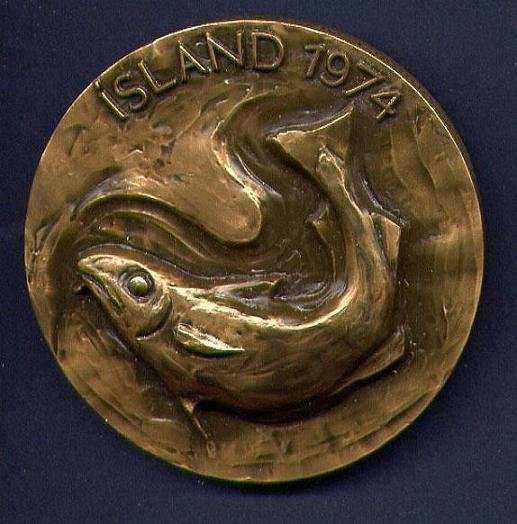The Answer: History Made in Aftermath of HMS Tireless Tragedy
 The following refers to events of 21 March 2007, during which Paul McCann, 32, and Anthony Huntrod, 20 of HMS Tireless's crew were killed in an accidental onboard explosion. The submarine was operating near the North Pole with the USS Alexandria (SSN-757) in ICEX07 maneuvers when it had to emergency surface through ice. Various reports with further details were cited here last Friday.
The following refers to events of 21 March 2007, during which Paul McCann, 32, and Anthony Huntrod, 20 of HMS Tireless's crew were killed in an accidental onboard explosion. The submarine was operating near the North Pole with the USS Alexandria (SSN-757) in ICEX07 maneuvers when it had to emergency surface through ice. Various reports with further details were cited here last Friday.Space age medical history was made in the aftermath of this tragic submarine incident. Answer:
The Tireless incident also marked the first use of non-invasive, pulse CO oximetry for diagnosis of CO poisoning in a remote environment. Information obtained allowed rapid triage screening of one sailor evacuated for hyperbaric oxygen treatment and fifteen others exposed to smoke within the enclosed environment. Abstract of: Fire and ice: diagnosis of carbon monoxide poisoning in a remote environment - D M Crawford, Submarine Development Squadron Five, United States Navy; and N B Hampson, Virginia Mason Medical Center, Seattle.
In the past, methods for measuring CO poisoning had been limited to invasive bloods sampling analyzed by blood gas machines capable of CO-Oximetry. Such machines are usually found only in large hospitals, and when CO poisoning is a possibility, lives are at stake and time is short, so faster, non-invasive methods are needed by first responders to expedite treatment decisions.
The example device shown in the photo above is MASIMO CORPORATION's Rainbow SET Rad-57 Pulse CO-Oximeter™. Models carried aboard space vessels and submarines may be designed to function to standards contemplating relatively harsh conditions.


0 Comments:
Post a Comment
<< Home